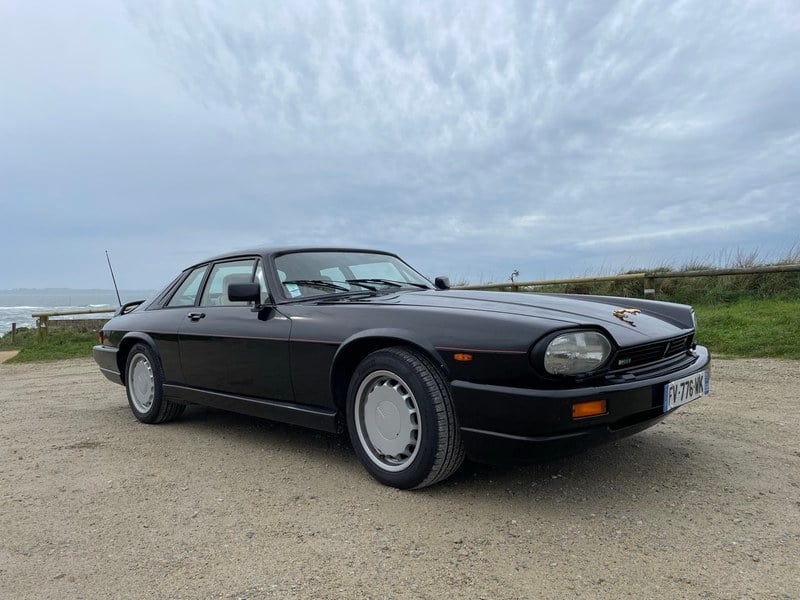Car & Classic Enchères en Ligne
Prêt à posséder la voiture de vos rêves ? Enchérissez et faites-la vôtre !
Simple, sûr et sans stress
Vendre aux enchères370 enchères en direct
Acheter avec Car & Classic
Comment fonctionne l'enchère ?
Tout ce que vous devez savoir sur le processus d'enchères sur Car & Classic

Cinq étapes pour acheter en toute sécurité
Nous rendons l'achat du véhicule de collection de vos rêves simple et sûr

Expédition & transport
Informations utiles pour récupérer votre nouveau véhicule

Paiements sécurisés
Comment nous vous protégeons, vous et votre argent, pour faire de Car & Classic l'endroit le plus sûr pour effectuer des transactions.
Consultez nos nouvelles annonces et les ventes aux enchères à venir en vous abonnant à notre newsletter.
En vous abonnant, vous acceptez notre politique de confidentialité et nos conditions d'achat .














































